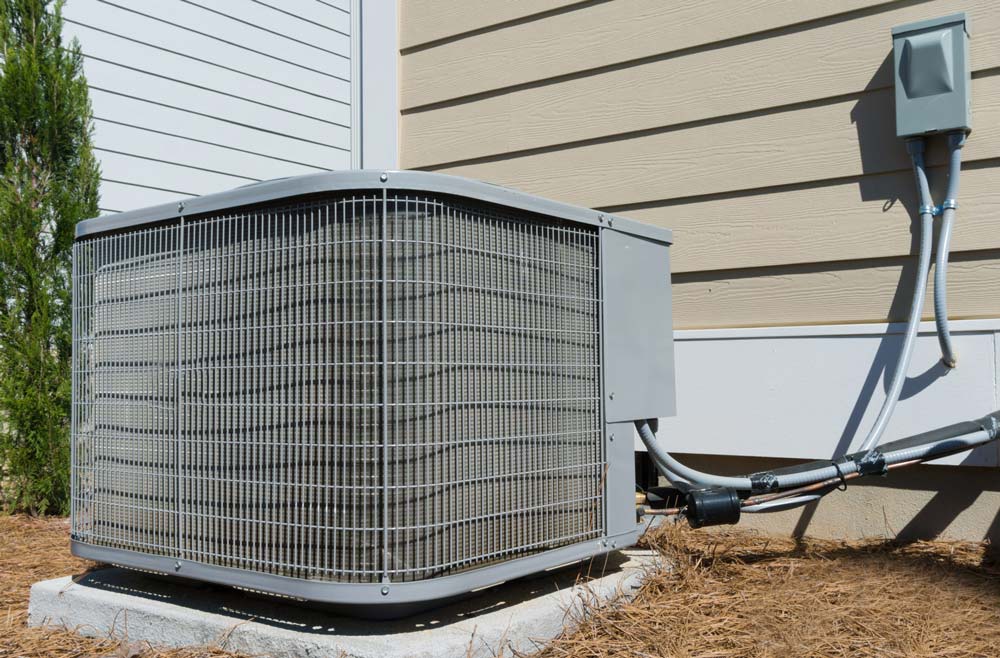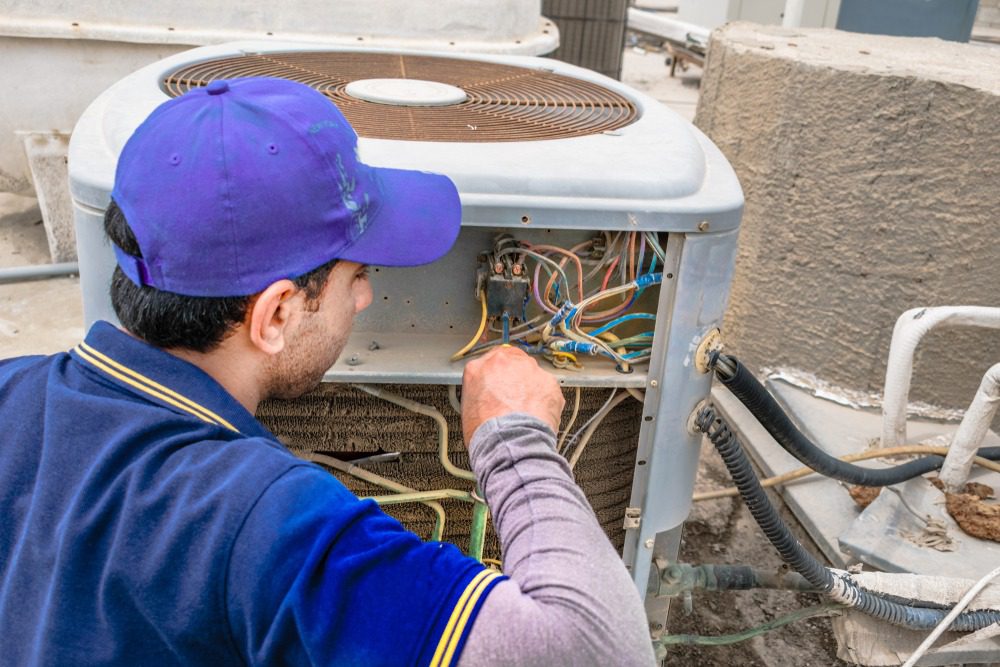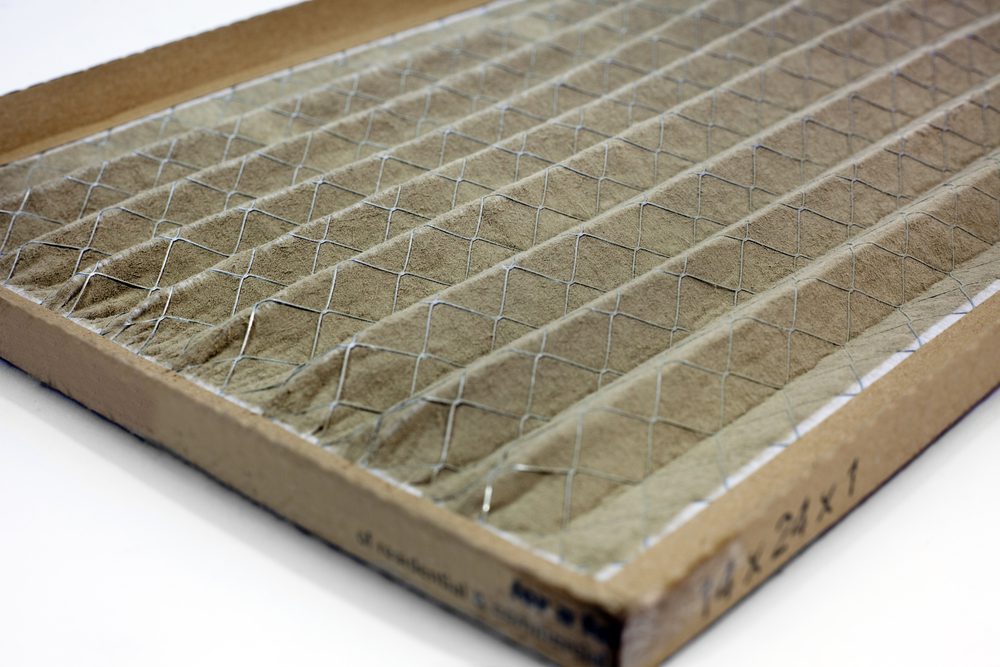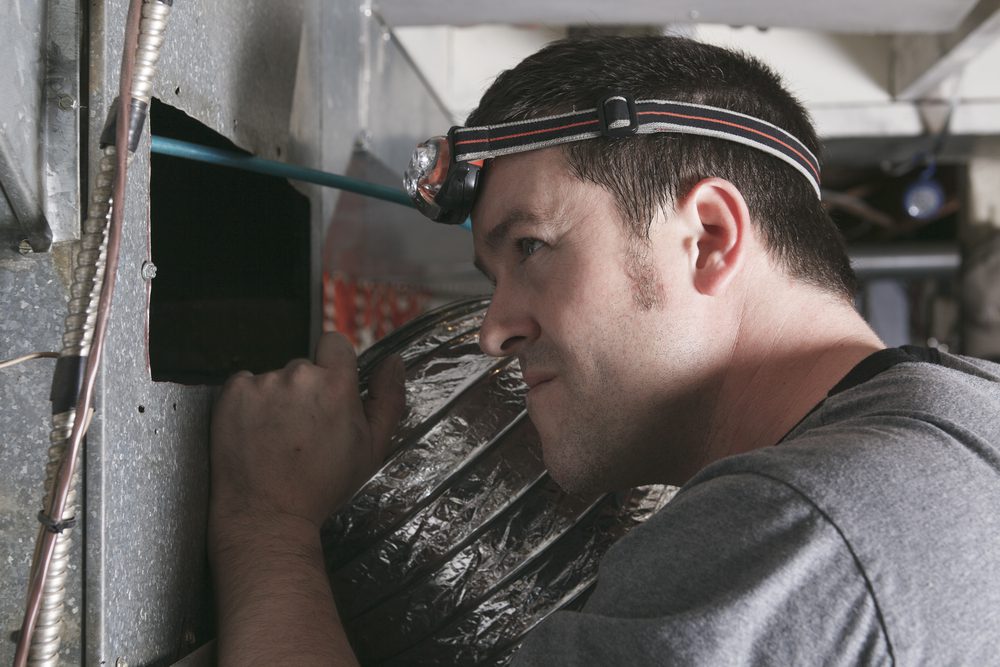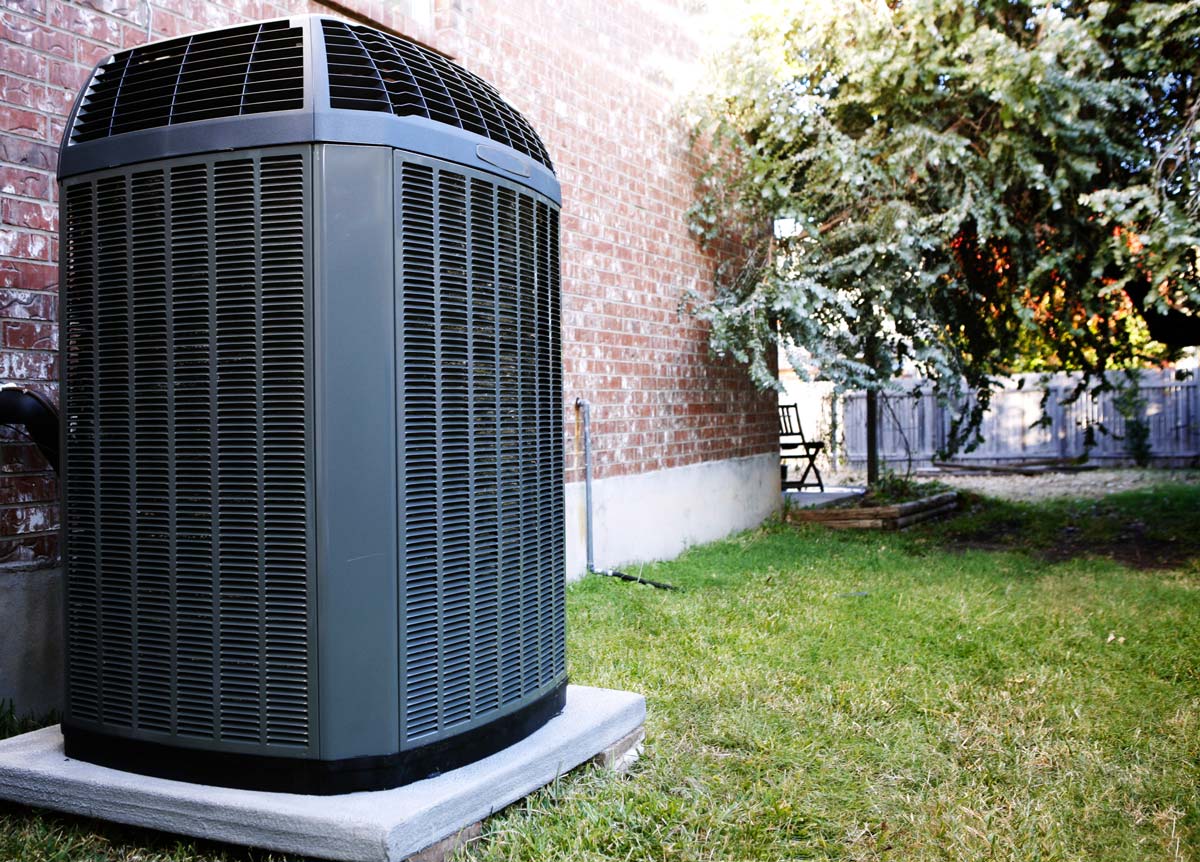
The last thing you want to deal with on a hot summer day is a malfunctioning central air conditioning system. If your air conditioner is not cooling your house properly, this may be caused by a variety of issues with your system or air ducts. From cracked refrigerant lines, dirty condenser coils, to clogged drain lines, these are the most common causes of air conditioner failure.
Refrigerant Leaks
Do you notice a shrieking noise when the air conditioner is on? This is a common indicator of a refrigerant leak. Other signs associated with cracked refrigerant lines include high utility bills, chilled evaporator coils, and frozen refrigerant lines.
If your air conditioner is not cooling your home, this may be caused by a limited supply of refrigerant in your system. An air conditioner system utilizes a network of air ducts and return vents to collect warm air from your home. Once this hot air reaches the air conditioner, it is pushed above the refrigerant. This allows the refrigerant to remove the heat energy from the incoming air.
After the heat has been extracted from the air, the cold air is pushed through the air ducts and supply vents throughout the house. The three main components in a central air conditioning system include the evaporator, compressor, and condenser. The compressor in your system is engineered to squeeze the refrigerant molecules together.
Tips & Insights: Top Signs of a Damaged Air Conditioner (AC) Compressor
This causes the pressure and temperature of the refrigerant to increase. Next, the refrigerant or fluid is pushed to the condenser in the central air conditioning system. Once the condenser has processed the refrigerant, it will be transformed from a gas to a liquid and its temperature will be lower. After the fluid is pushed through the condenser, it is sent to the evaporator in your HVAC system.
The evaporator is engineered to decrease the pressure of the refrigerant. This causes the liquid to transition into a gaseous form. While the refrigerant is transitioned into a gas, the metal fins on the evaporator will begin to absorb the heat energy from the air within the air conditioner.
Once the coolant has been transitioned into a low-pressure gas, a fan that is integrated with the evaporator will push the cold air throughout the air ducts in your home. This process will continue until the desired temperature in your home is reached. If your central air conditioner is not cooling your home, this issue may be caused by a cracked refrigerant line.
Undersized Air Conditioner
If your air conditioner is not cooling the air in your house, it may be too small to fulfill the total square footage. When an air conditioner is too small, it will run on a continuous schedule to meet your temperature preferences on your thermostat. Since the system is unable to complete a single cooling cycle, it will remain activated at all times.
A large home will require an air conditioner with a high BTU rating. On the other hand, the internal temperature of a smaller home is able to be maintained by a system with a low BTU rating. BTU is an acronym for British Thermal Units. This is a key performance indicator that is utilized to measure thermal heat energy. If your air conditioner has been activated for more than 30 minutes and is not cooling your house, this may be an indicator that it is too small.
Contaminated Condenser Coils
The condenser coils on a central air conditioning system are engineered to release the heat from your home to the outdoor air. If your air conditioner is not cooling your home, this issue may be caused by a thin layer of dust, pollen, or dirt on the coils.
When the condenser coils are covered with grime, they will not be able to adequately transfer the heat from your house to the air outside. To resolve this issue, we recommend removing weeds, grass, and dirt from the condenser coils.
Frozen Evaporator Coils
If the central air conditioner is not cooling your home, we recommend checking the evaporator coils to confirm if they are frozen. Evaporator coils are responsible for storing the refrigerant in your system. They are designed to remove the heat energy from the air in your home.
Once the heat is absorbed by the refrigerant in the evaporator coils, the remaining cold air is pushed through the air ducts and supply vents in your house. The evaporator coils rely on a continuous supply of incoming warm air from your house to operate. If your air conditioner is not cooling your home, this may be a sign of a restricted airflow issue or frozen evaporator coils.
Blockages in the Drain Lines
It is not uncommon for blockages to form in the drain lines that are connected to the central air conditioning system. These pipes are responsible for draining the excess moisture collected from the air in your house. When an air conditioner is not cooling a home properly, this may indicate moderate to severe blockages in your drain lines.
Tips & Insights: What Is An Air Conditioner (AC) Condenser Coil?
If this issue is not dealt with immediately, the water may begin to leak into your air conditioner. This will cause damage to the electrical components in your system and lead to costly repairs. Additionally, the excess water may also damage drywalls, furniture, hardware, and ceilings in your house. If you believe your drain line is restricted, call our team by phone at (703) 543-9649 or book an appointment online
Fan Setting is Not Activated
If the central air conditioner is not cooling your home in a reliable way, it could be because the fan setting is set to “ON.” This just runs the fan non stop even when the air isn’t being cooled. To fix this issue, we recommend setting the thermostat to “AUTO.”
Air Filter is Dirty
A clogged air filter doesn’t allow air to flow into your AC, which makes it hard to circulate enough cold air to cool your entire home. A dirty air filter also causes the evaporator coil to freeze, which eventually blocks cool air from entering your home. Try swapping out your old air filter with a new one.
Malfunctioning Fan
Your HVAC system includes a fan that is designed to push warm air from the home over the evaporator coils. In addition, the system features another fan that sends air to the condenser coils to ensure the heat energy from your home is successfully transferred to the outdoor air.
Leaking Air Ducts
While most types of cooling issues can be pinpointed to your central air conditioning system, interior temperature issues may also be caused by leaking air ducts. Depending on when your home was built, it may include metal or plastic air ducts. If your ducts are manufactured with a bendable material, leaks may develop overtime.
As the air ducts reach the middle of their lifespan, sealing products such as caulk may become fractured. This issue will allow excess cold air to leak from the air ducts as it is distributed throughout the home. Lastly, duct leaks may form over time due to the settling of the foundation of your home.
HVAC Repair & Installation Services in Virginia
Our staff will be able to easily identify why your air conditioner is not cooling your house. Give our staff a call by phone at (703) 543-9649 or book an appointment online to receive assistance with an air conditioner repair, tune-up, replacement, or installation. Our team of licensed technicians also provides efficient and safe plumbing services to households. If you need help choosing between an electric water heater vs gas, our staff will discuss the advantages and disadvantages of each type of system with you. Our team of certified contractors can also help you with a clogged drain, gas leak, or a malfunctioning sump pump. We offer HVAC and plumbing services in areas of Virginia such as Reston, Arlington, Alexandria, and Centreville.
Need Assistance With An Air Conditioner Issue?
Call Us: (703) 543-9649


